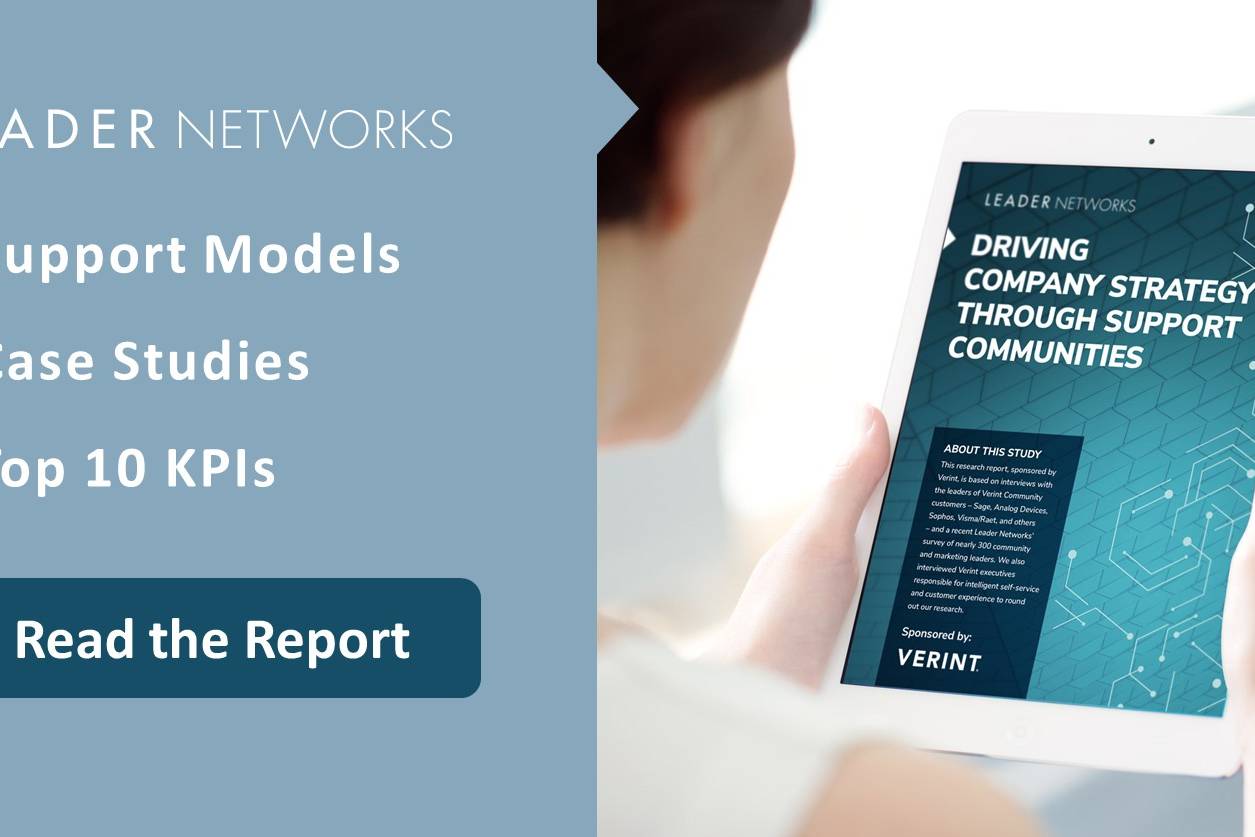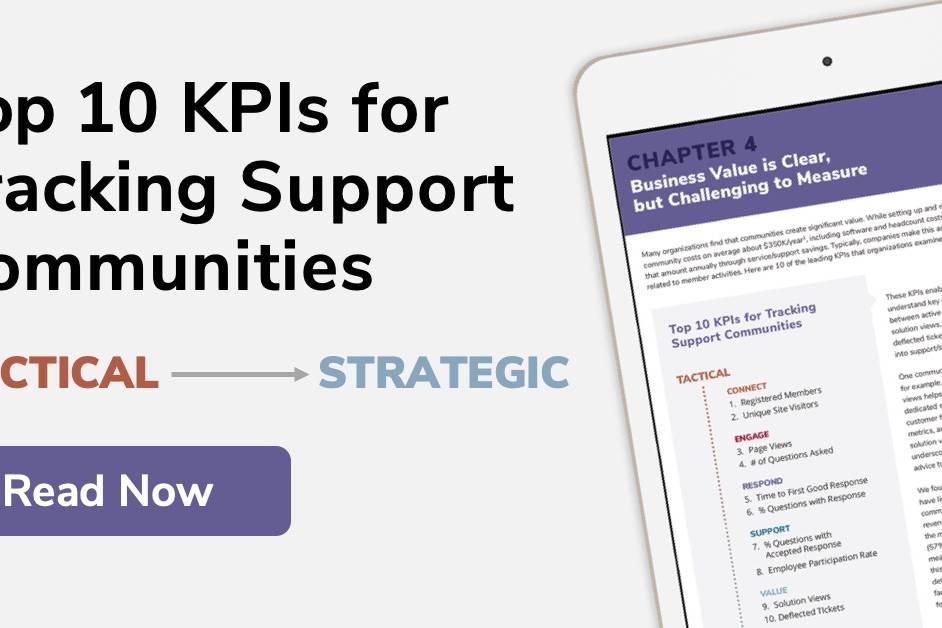Warning: Attempt to read property "base" on array in /home3/trusten9/public_html/leadernetworks/wp-content/plugins/wp-user-profile-avatar/shortcodes/wp-user-profile-avatar-shortcodes.php on line 665
Warning: Attempt to read property "base" on array in /home3/trusten9/public_html/leadernetworks/wp-content/plugins/wp-user-profile-avatar/shortcodes/wp-user-profile-avatar-shortcodes.php on line 665
Warning: Attempt to read property "base" on array in /home3/trusten9/public_html/leadernetworks/wp-content/plugins/wp-user-profile-avatar/shortcodes/wp-user-profile-avatar-shortcodes.php on line 665
Warning: Attempt to read property "base" on array in /home3/trusten9/public_html/leadernetworks/wp-content/plugins/wp-user-profile-avatar/shortcodes/wp-user-profile-avatar-shortcodes.php on line 665




Some good, original, ideas here.
Cheers love. Great, interesting article.
Good advice. Thank u so much
“At the end of the day, people come for content and stay for community.”
I think that can apply to many aspects of life. You have to give someone something worth getting them in the door, but once they are in, you’d better have some fantastic reason to make them stay. Community is a fantastic reason!
Always enjoy you blog.
[…] are some tips a brand can use to entice people to “come for content and stay for community,” to quote Vanessa DiMauro? You ask one of the best communities around. Yes, I’m talking about you, #BizHeroes […]
[…] An online community may not be your primary feature, but it should be noted that in the membership site field, experts say that “people come for content and stay for community.” […]